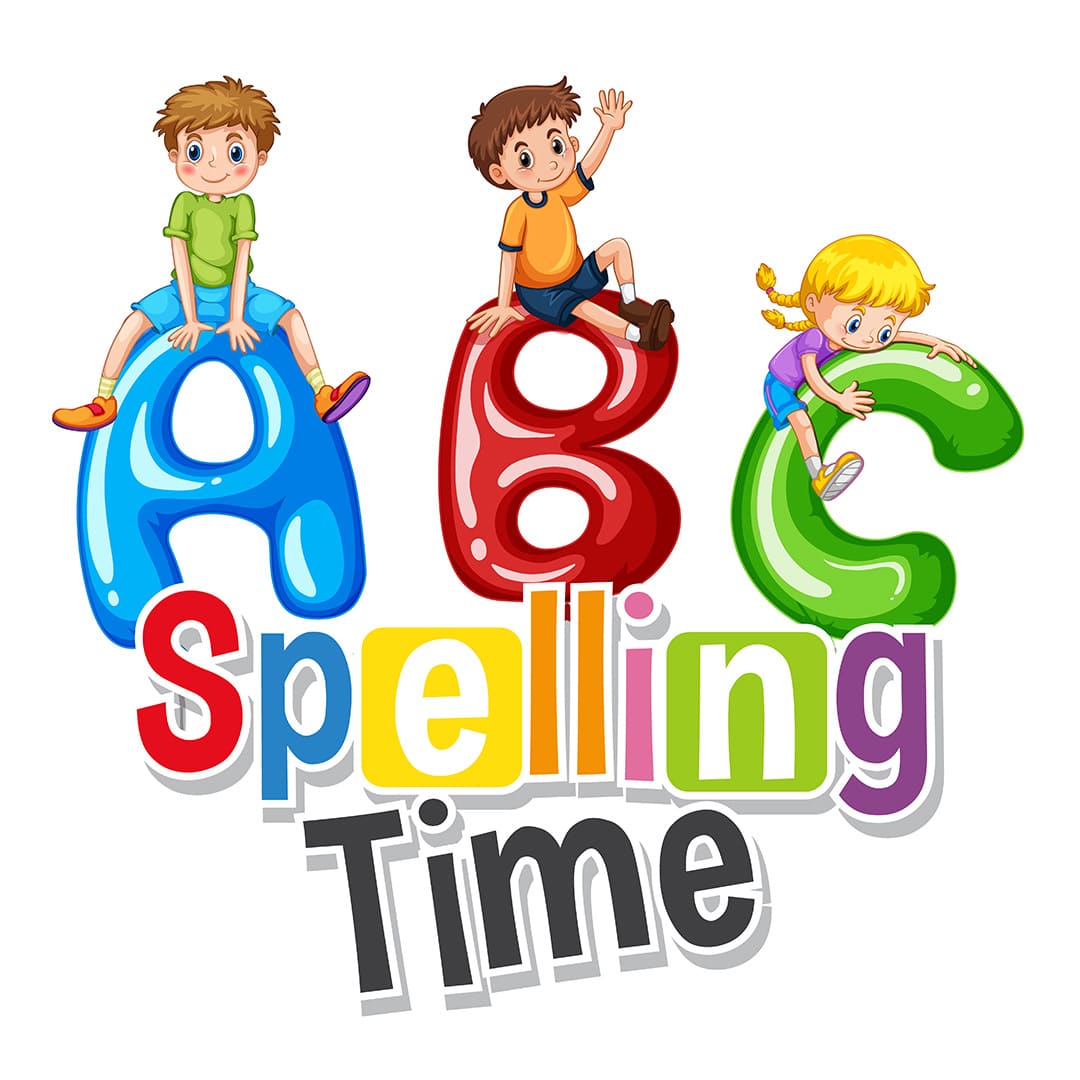Please enter the code we just sent to whatsapp 91-11-46710500 to proceed
Didn't Receive OTP?

Kids get super excited when they start to read. To read well, they need to grasp phonics—a way to link letters to their sounds, which helps kids figure out words. A Phonics Sound Chart is a great tool that can make learning phonics fun and useful for new readers. Let's explore what a phonics sound chart is how you can use it, and why it's so helpful.
A Phonics Sound Chart shows letters and their sounds . It aims to help kids see how written letters and their sounds go together. These charts often have bright pictures, which makes it easier for children to connect letters with words and sounds.
To illustrate, you might see the letter "b" placed beside an image of a "ball," which helps to strengthen the /b/ sound. These charts contain consonants short and long vowels, digraphs (such as "sh" and "ch"), and blends. When kids use a phonics sound chart, they become skilled at recognizing and saying each sound with confidence.
A Phonics Sound Chart helps young learners in many ways:
1. Eye-Catching Design
Kids love colorful interesting pictures. The images and colors on phonics charts grab their attention and make learning fun. When letters have matching pictures, kids tend to remember the sounds better.
2.Learning Through Repetition
Using a phonics chart often helps kids recognize sounds. As they practice more, children get used to the sounds, which makes reading and writing easier for them.
3.Hands-On Learning
You can use phonics charts in lots of different ways. Teachers and parents can ask kids to find a letter and say its sound turning lessons into a fun activity. This keeps young learners interested and excited about working on phonics.
A Phonics Sound Chart can help kids learn better when you use it right. Here's how to get the best results from this tool:
1. Make It Fun
Turn it into a game. Ask kids, "Where's the letter that sounds like /s/?" Get them to point to the right letter. Praise them with high-fives or stickers to keep them excited.
2. Practice Every Day
To master phonics, you need to be consistent. Look at the chart for a few minutes each day. This helps kids link letters and sounds, so they can spot them .
3. Add Phonics Songs
Songs and rhymes stick in your head. Sing about "a" as in "apple" or "d" as in "dog" to help kids remember. Music makes phonics practice more fun and lively.
4. Learn to Blend Sounds
Once kids know single sounds, teach them to blend. Use the chart to put sounds together and make words. For example, have them join "c-a-t" to read "cat." This helps them recognize words better.
A Guide to Phonics Pronunciation helps kids say each sound the right way. Speaking matters for young students to talk well and get better at reading.
1. Speak
Make sure you say each sound and , so kids can watch and copy how you move your mouth. For example, stress the pop of "p" by moving your lips a lot.
2. Practice with Mirrors
Let kids use a mirror to practice making sounds. This allows them to see how their mouth moves, which helps them make sounds more correctly.
3. Show and Repeat Sounds
Say a sound first then ask the child to say it back. Work on hard sounds like "ch" and "sh" step by step helping them until they get it right. To learn, kids need to repeat and see how it's done.
Teaching phonics at an early age lays the groundwork for kids to read well. Here's why:
1. Reading Fluency
Kids who know how to sound out words using phonics read with more ease. This helps them understand better and enjoy reading more.
2. Spelling Skills
Phonics gives kids a solid base for spelling. They figure out how to spell words by their sounds, which makes writing less scary.
3. Better Writing
When kids know phonics, they can sound out words as they write. This freedom makes them feel more sure of themselves and pushes them to write more often.
4. Growing Confidence
When kids learn to read using phonics and do well, they feel proud. They become more self-assured and eager to tackle harder books.
When you're looking for a Phonics Chart for Children keep these things in mind:
-Big, Easy-to-Read Letters: Make sure kids can see the chart.
- Fun Pictures: The images should be simple and match the words.
- All the Important Sounds: The chart needs to show key sounds, like vowels, consonants, and two-letter sounds.
- Built to Last: Go for a chart that's coated or tough, so it holds up to lots of use.
To Sum Up,A Phonics Sound Chart and Phonics Pronunciation Guide help to make learning phonics easy and fun. If you use these every day and mix in some songs and games, you can get kids excited about reading. So, start teaching phonics in a way that gets kids pumped up, and you'll see their reading skills take off!
Shape Your Kid's Future with Bambinos Classes | Bambinos.live India's No. 1 English Communication Platform For Kids | Click here to Book a Free Class Limited time offer.